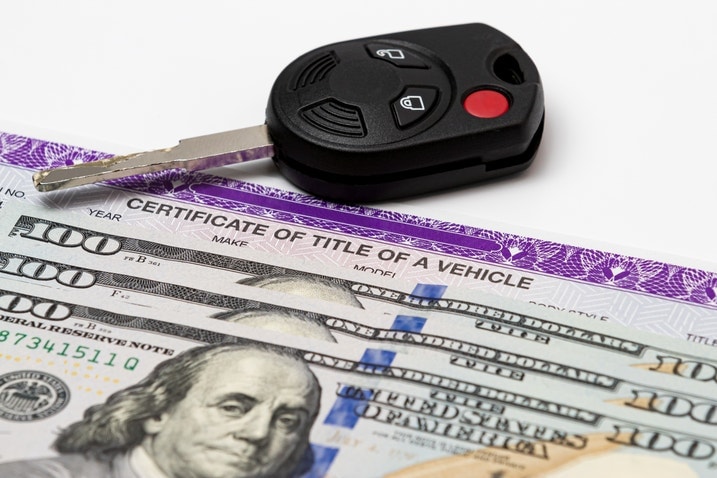Photo by JJ Gouin | Getty Images
Selling a car with a loan requires checking in with your finance company to know the remaining balance of the loan (also called the 10-day payoff), determining your current car's value, and understanding the ownership transfer process in your state.
There are times in life when your needs change and the car you're driving just isn't cutting it. Or maybe you're tired of your car and simply want something new, but the catch is that you're still paying it off. Fortunately, you don't have to remain stuck in your current car for the next few years — or until you have paid it off. You can trade it in for something new (or used), even if you still owe money on your loan. We have a comprehensive guide on selling your car, including the necessary steps, whether you have an outstanding loan or not. If you do still owe, however, let's explore your options.
Steps to sell a car with a loan
Figure out how much you still owe
Check your car’s value
Determine your equity
Determine how you’re selling
Transferring the title
Figure out how much you still owe
First, you’ll need to determine the remaining balance on your loan. Contact your lender to obtain the 10-day payoff amount, which is crucial for the following steps. There could be interest, penalties or other fees that you might not be aware of. You can attempt to negotiate a lower payoff amount with some lenders if they’re flexible or offer to pay a lump sum payment that’s less than the total payoff amount.
In any case, if you still owe money on the vehicle, the lender owns it and is therefore the "lienholder" on the title. The finance company's name might even be on it. Whoever has ownership of the title will need to sign off before the title can be transferred to another owner. You’ll need to figure out how to pay off the loan before you can do anything else.
Check your car’s value
Appraise your vehicle on Edmunds and you'll get a trade-in offer automatically to use as a baseline. If you're planning on selling the car yourself, click on the Edmunds Appraisal Report and look for the private-party value. Factors such as mileage, vehicle condition, options, and sales location influence this amount. You can also check the car's trade-in value, which is roughly the amount of money a dealer will give you for the vehicle. It is typically a lower offer, but the trade-off is the convenience of having a dealer handle the transfer of ownership. Most of the time, however, you’ll get more money in a private transaction, but knowing every option is critical to use as a benchmark when determining how you’ll sell your car.
Determine your car’s equity
After determining your car's value, you can assess whether you have equity. When the value of your car is higher than the amount you owe on your loan, your vehicle has positive equity. If you owe more than your car's current value, your vehicle has negative equity (also called being upside down on the loan). You must give the lender the total sale amount if you sell a vehicle with negative equity. You could also take out a personal loan if you have good credit to cover the difference. Either way, the loan officer will handle the transaction and sign the car’s title over to the buyer.
Determine how you’re selling
If you’re selling the car directly to a buyer and not to a dealer, you can use the money from the sale to pay off the remaining debt. You could also set up the deal to have the buyer pay the lender directly, with any remaining balance going to you. If you’re using a local bank, it might have you and the buyer come into a local branch. If using an online lender, it might send you to a partner. If you choose to sell it to a car dealership, most should be able to handle the paperwork and transfer of ownership on your trade-in, making it a more convenient option.
Transferring the title
Once the borrower pays off the loan, the lender can release and transfer the title to the new owner. There's more you might want to know about closing a used car deal, but generally, you and the lender will both sign off on the title and then the buyer will take it to the state’s Department of Motor Vehicles to register the vehicle and get a new title.
Related articles
How to Sell a Car
How to Safely Sell Your Car
How to Trade In a Car


.jpg) by
by  edited by
edited by 
